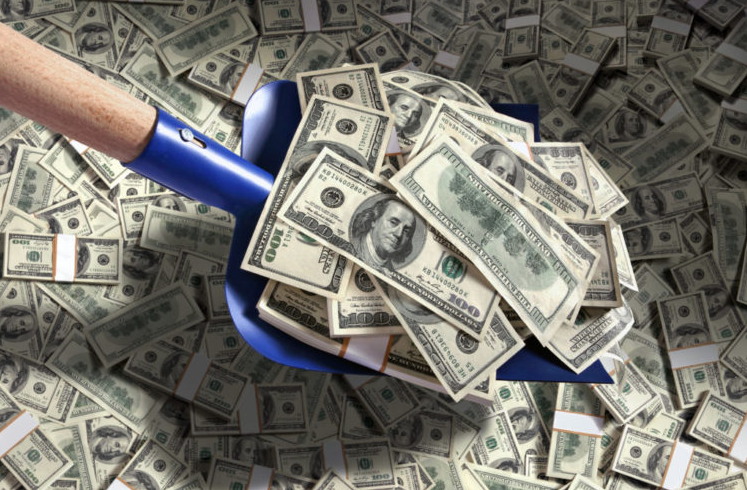Randall Forsyth of Barron’s notes concerns about the Federal Reserve’s potential action in the wake of the COVID-19 pandemic.
The U.S. government’s involvement in the private sector has spurred calls for it to support beleaguered state and local governments, whose budget deficits are burgeoning due to increased spending to deal with the crisis and the collapse in tax revenues. New York Gov. Andrew Cuomo said on Friday that if Washington can bail out the airlines, it should help his state, the epicenter of the nation’s coronavirus outbreak. The fiscal pressures have extended to other public agencies. The New York Metropolitan Transportation Authority, which oversees the city’s subways and suburban commuter rail lines, is seeking $3.9 billion from the federal government, owing to the collapse in ridership.
Such numbers pale in comparison with pension shortfalls that state and local governments face, which have swelled even further in the Covid-19 crisis. According to Milliman, a consulting and actuarial firm, the 100 biggest public pensions were only 66% funded at the end of the first quarter, down from 74.9% at the end of 2019, the sharpest deterioration in its records. The pension shortfall was $5.355 trillion as of March 31, up from $5.313 trillion on Dec. 31.
Given the support that the Fed and other arms of the federal government have extended to the private sector already, where will Uncle Sam draw the line? That’s a key question America now faces. Why are airline employees or small-business owners more deserving than retired teachers, police, firefighters, or other first responders, to whom pensions were promised?
And why would the federal government rein in spending when it can, in effect, borrow without limit with support from the central bank? The Fed’s balance sheet has grown by $2.1 trillion since mid-March, or roughly by half.
Follow Carolina Journal Online’s continuing coverage of the COVID-19 pandemic here.


